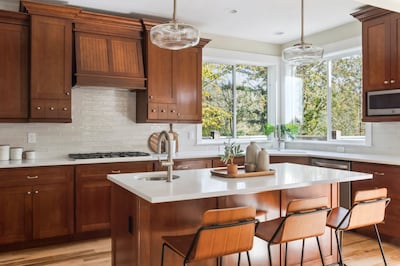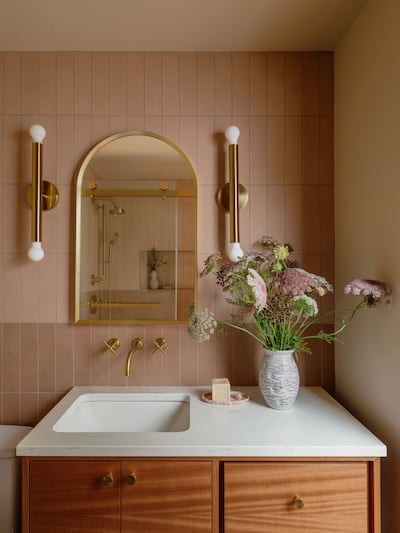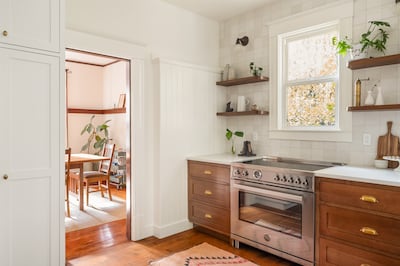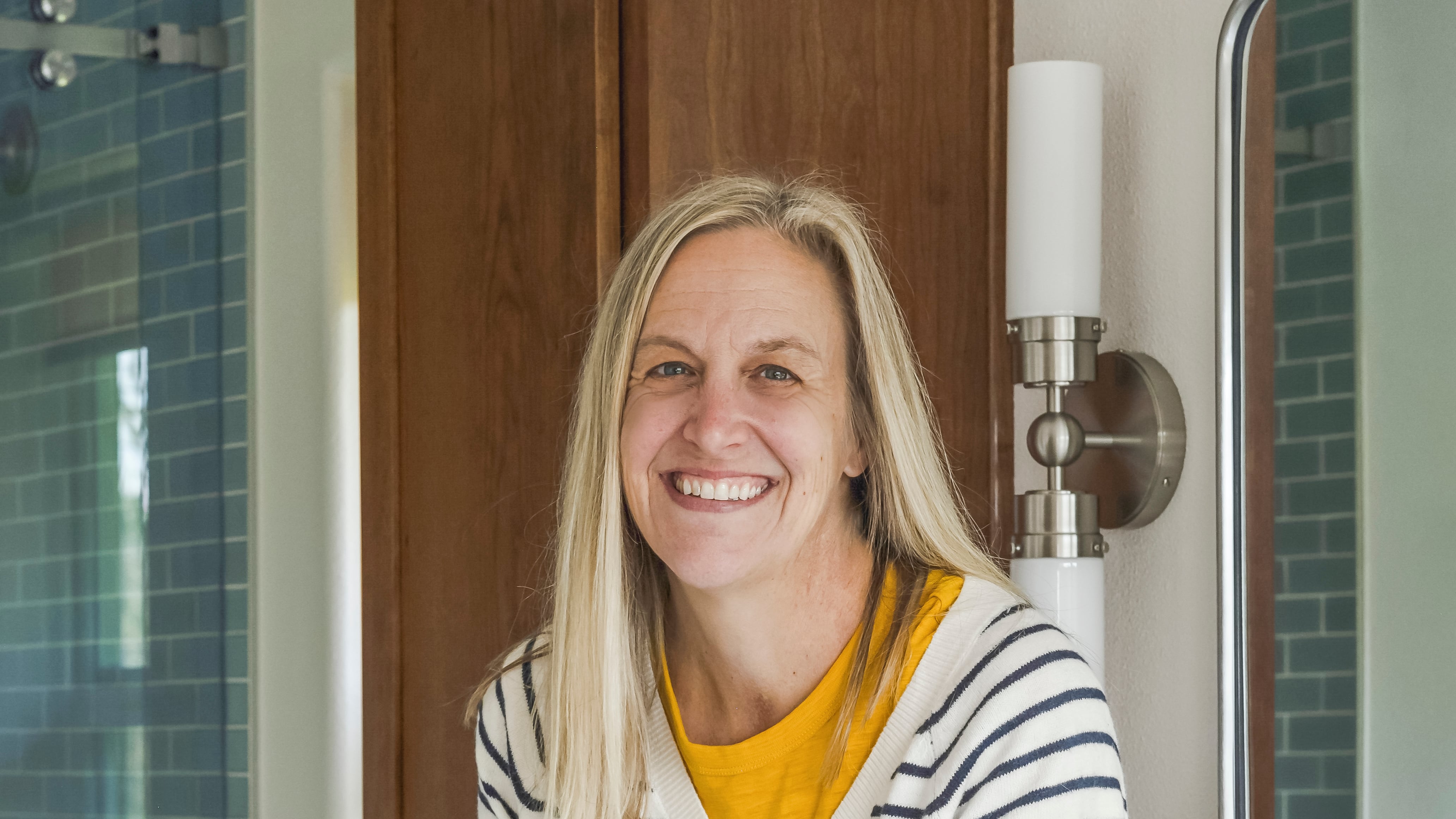During her 15 years as a Portland real estate agent, Wendy Boso saw too many terrible renovations to count. “I saw things that were slapped together, and it was just like, oh my God, the quality is so bad,” she says. “And people were spending a lot of money on it, and that stinks.”
Boso knew she could do better.
For her clients who were ready to sell, Boso made strategic recommendations. From new paint to updating countertops or replacing a backsplash, her clients benefited from her expertise and ultimately sold their homes at higher prices than they would have without Boso’s advice.
“That was great, but I was doing all of that work and not getting paid,” Boso says. “And I really love design, and I like helping my clients. But I thought, there’s got to be a better way.”
Boso officially became one of Portland’s few women general contractors during the pandemic, expanding her real estate offerings and founding Dear House, a design and build firm rooted in collaboration, mutual respect, and a solid dose of real talk.
We sat down with Boso in her recently renovated North Portland home to learn more. The interview has been condensed for clarity.
Nester: What advice do you give to clients who are planning their first remodel?
Wendy Boso: Do your homework! [When interviewing contractors] ask about a timeline and see if they can give you one in writing. Ask about warranty information, if they have a lead-based renovator’s certificate, and if they will pull permits. Ask them for three references for similar projects within the last year. There’s a wide range of expectations on the contractor’s side and on the client’s side. Make sure you’re aligned, and understand you will basically be married to this person, your contractor, during the duration of your project. Ask yourself if you “feel” comfortable with them. Do you trust them? Do you feel like you can voice your concerns and be heard? Do you feel like their response time is appropriate for your expectations?
What goes into calculating a realistic budget?

A realistic budget comes with experience. A kitchen with appliances and custom counters will likely start at $75,000, and a bathroom needs to be at least $40,000. My numbers for the “starting pricing” are not based on square footage; honestly, the materials are the least expensive part of the job. Most people think, “Oh, my bathroom is small, so it will be less,” but the fact is that I’ll still need every trade (demo, dump, plumber, electrician, HVAC, drywaller, painter, etc.) to visit your space during the project. Although these numbers may seem high, there’s a level of service required to give clients a fully completed space. I’ve found the best way to communicate value up front is to discuss all the potential costs, not just the ones the client asks for. This is why I say “will likely start.” I think it’s important that clients aren’t hoodwinked with a low bid at the beginning and then when their space is completely torn up, told, “Oh, I didn’t include that in my estimate; it’s going to be more now.”
Tell us about your design process.
Good design starts with a mutual understanding of the project goals, timeline and investment constraints. This is a collaborative part of the process, and I hope to exceed expectations and introduce suggestions clients may not have thought about. We’ll share images, Pinterest pages, and mood boards. We’ll start with drawings and finish with a fully animated 3D render to show the visual outcome of the space.

Are there parts of a project that clients can DIY to potentially lower the overall cost or duration of the project?
Honestly, no. In the past, I allowed this, and I’ve learned from my mistake. The “DIY” often takes more time than anticipated, resulting in delays. I’ve also learned the client ends up with a less than professional outcome, which, after spending almost the same amount, doesn’t look magazine worthy. We all want that HGTV reveal moment, right?!
If you were the client, what questions would you ask when interviewing general contractors?
Can I talk to your last few clients? Or someone with a project like mine? Tell me about your process. How will I be notified of the schedule and the changes? How do you take payments? How do things get fixed if something is wrong? Will I be dealing with the same person from start to finish?

Should we use Ikea cabinets in our kitchen reno?
The short answer here is no. With DIY cabinetry, there is a lot of room for error, and it usually requires more labor for install and “refinements.” Based on experience and delivery timelines, custom cabinetry is a better option with the cabinetmaker doing the install on site. If there’s something needing adjustment, they will make it happen and the cost difference is actually minor.
Give us one more piece of real talk.
Construction is a huge investment in what is most likely your largest asset. Cost versus value is always in the back of my mind. I can advise you as a realtor about your upcoming project and how it may or may not affect the value of your home. Let’s collaborate on strategy and execute beautiful work together.
Learn more about Wendy Boso’s design and build services at dearhouselove.com.
Click here for more Nester Magazine.
Nester Magazine is free, distributed all over Portland, and can be found at these locations.
